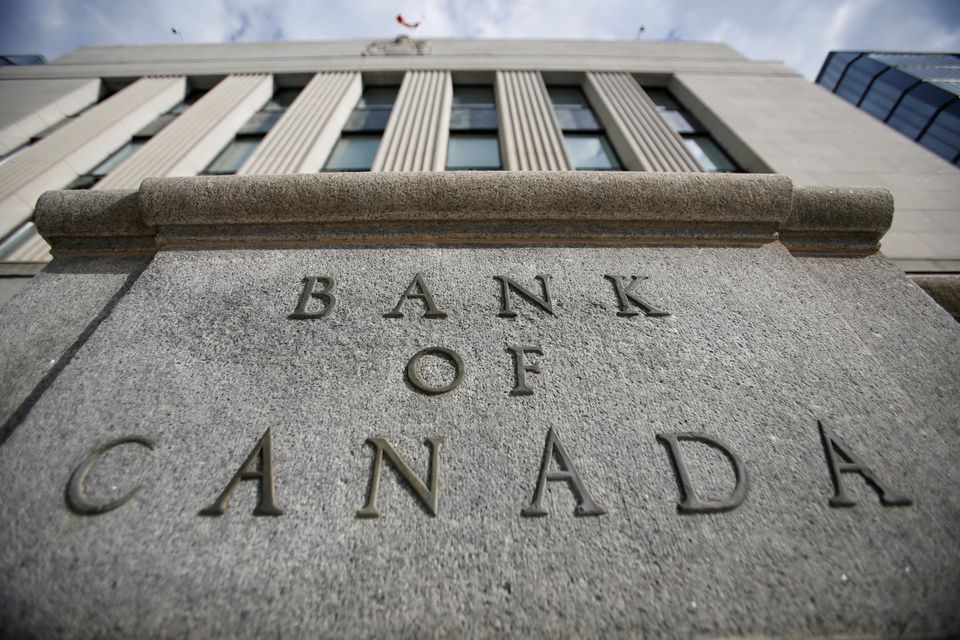The Bank of Canada has announced a reduction in its target for the overnight rate by 25 basis points, bringing it down to 4.5%. The corresponding Bank Rate is set at 4.75% and the deposit rate at 4.5%. This move is part of the Bank’s ongoing strategy of balance sheet normalization, reflecting its efforts to navigate a complex economic landscape.
Global Economic Outlook
The global economy is projected to expand at an annual rate of about 3% through 2026. Although inflation remains above the targets set by most central banks in advanced economies, a gradual easing is anticipated. In the United States, the expected economic slowdown is becoming apparent, with consumption growth slowing down. U.S. inflation appears to be on a downward trajectory again. In the euro area, growth is recovering following a sluggish 2023. Meanwhile, China’s economy is experiencing modest growth, characterized by weak domestic demand offset by strong export performance. Global financial conditions have improved, evidenced by lower bond yields, buoyant equity prices, and robust corporate debt issuance. The Canadian dollar has remained stable, and oil prices are consistent with the levels forecasted in April’s Monetary Policy Report (MPR).
Domestic Economic Conditions
In Canada, economic growth has likely increased to about 1.5% in the first half of the year. Despite this, robust population growth of about 3% means that the economy’s potential output is expanding faster than GDP, leading to an increase in excess supply. Household spending, including consumer purchases and housing, has been weak. The labor market is showing signs of slack, with the unemployment rate rising to 6.4%. Employment growth is lagging behind labor force growth, and job seekers are facing longer periods of unemployment. Wage growth, while showing some signs of moderation, remains elevated.
Future Economic Projections
The Bank of Canada forecasts GDP growth to accelerate in the second half of 2024 and continue through 2025, driven by stronger exports and a recovery in household spending and business investment as borrowing costs decline. Residential investment is expected to see robust growth. New government limits on admissions of non-permanent residents are projected to slow population growth in 2025.
Overall, the Bank forecasts GDP growth of 1.2% in 2024, 2.1% in 2025, and 2.4% in 2026. This strengthening economy is expected to gradually absorb the excess supply through 2025 and into 2026.
Inflation Trends
CPI inflation moderated to 2.7% in June after an increase in May. Broad inflationary pressures are easing. The Bank’s preferred measures of core inflation have remained below 3% for several months, and the scope of price increases across the CPI components is now close to its historical norm. However, shelter price inflation, driven by rent and mortgage interest costs, remains high and is still the largest contributor to total inflation. Inflation is also elevated in service sectors closely linked to wages, such as restaurants and personal care.
The Bank’s preferred measures of core inflation are expected to slow to about 2.5% in the latter half of 2024 and continue to ease gradually through 2025. The Bank anticipates that CPI inflation will fall below core inflation in the second half of this year due to base year effects on gasoline prices. As these effects diminish, CPI inflation may rise slightly before stabilizing around the 2% target next year.
Policy Rate Adjustment and Outlook
Given the ongoing broad easing of price pressures and the expectation that inflation will move closer to the 2% target, the Bank’s Governing Council has decided to reduce the policy interest rate by 25 basis points. Excess supply is currently reducing inflationary pressures. However, price pressures in critical areas such as shelter and other services are keeping inflation elevated. The Governing Council is carefully monitoring these opposing forces on inflation. Future monetary policy decisions will be guided by incoming data and the Bank’s assessment of their implications for the inflation outlook. The Bank remains committed to restoring price stability for Canadians.
Information Note
The next scheduled date for announcing the overnight rate target is September 4, 2024. The Bank will publish its next full economic and inflation outlook, including risks to the projection, in the Monetary Policy Report on October 23, 2024.
Conclusion
The Bank of Canada’s decision to reduce the policy rate is a strategic move aimed at navigating the current economic complexities. With a cautious eye on global and domestic economic indicators, the Bank continues to strive for a balanced approach that supports economic growth while managing inflation. As the economic landscape evolves, the Bank’s commitment to stability and its proactive measures will be crucial in ensuring a robust and resilient Canadian economy.



